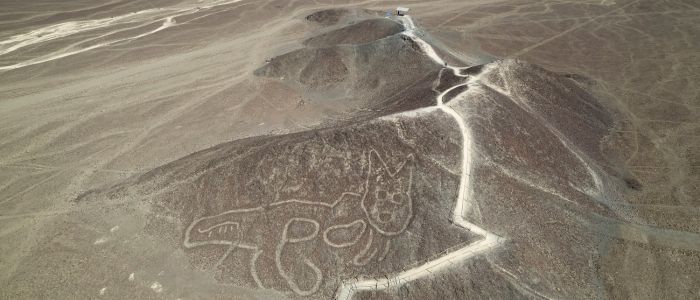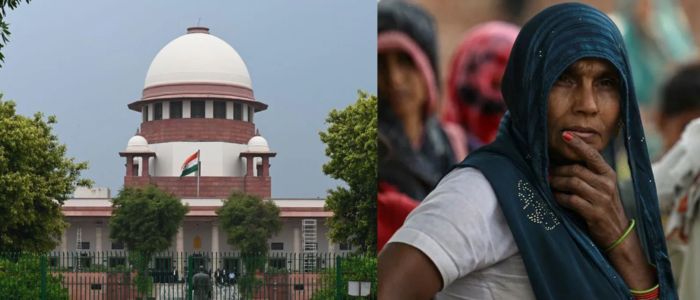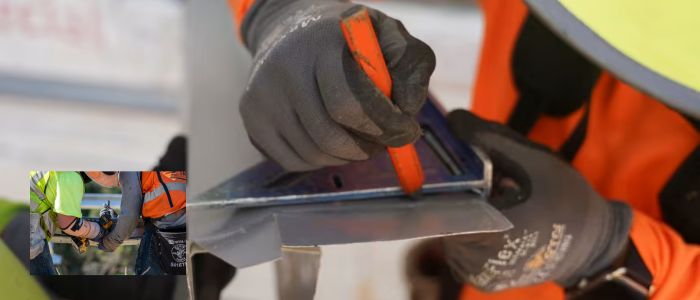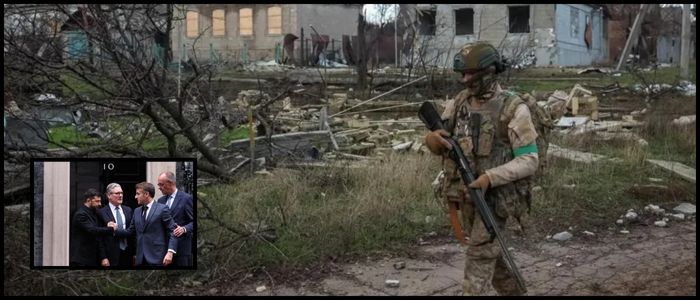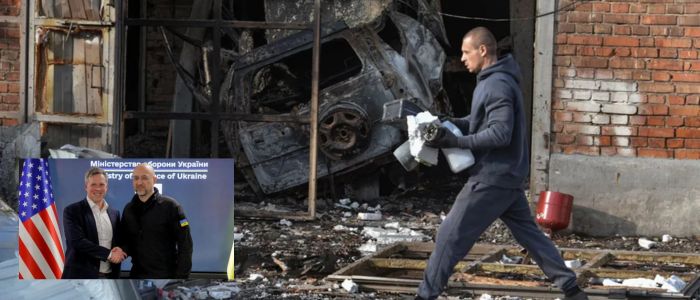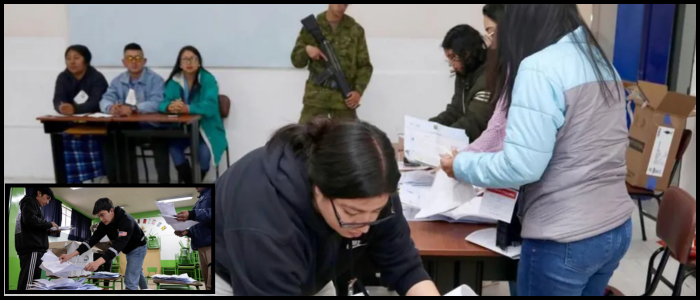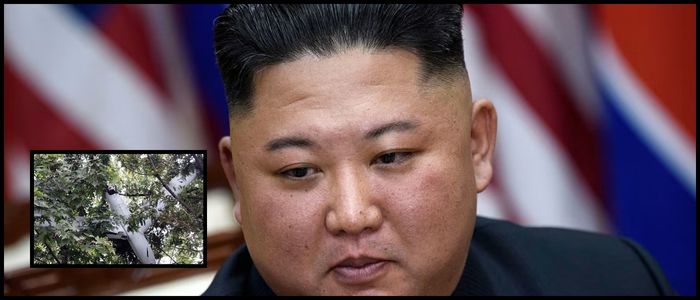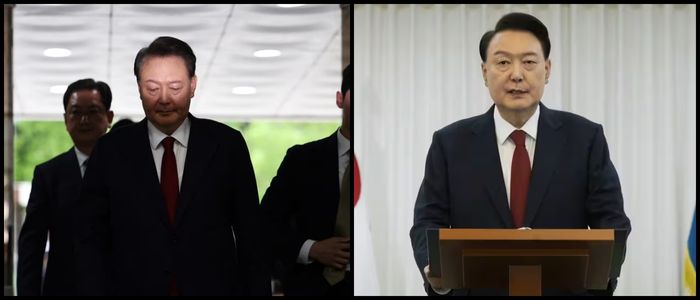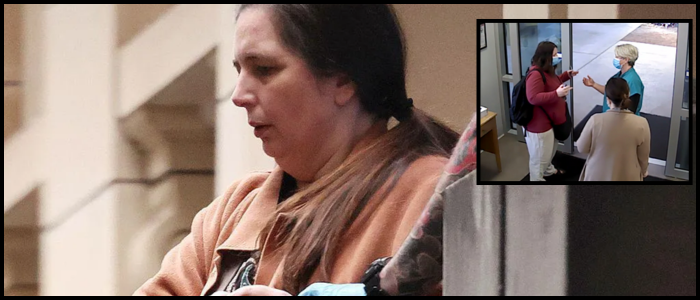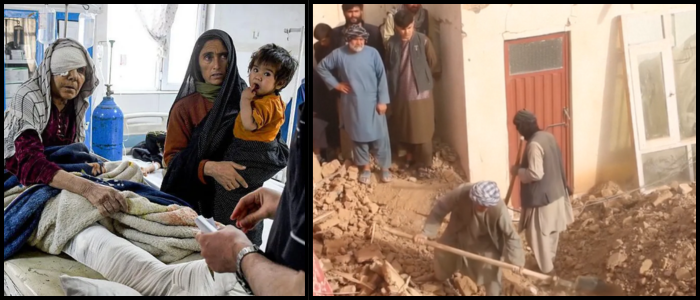It is home to the world-famous Nazca Lines, vast geoglyphs carved into the desert thousands of years ago, and is located in one of Peru’s most delicate desert ecosystems. It is a UNESCO World Heritage Site. Although Peru’s Ministry of Culture says the reduction is the result of new archaeological findings and that it will not result in the site’s losing protected status, experts say that it is undermining protections at sites where mining is expanding.
Critics Raise Alarms About Mining and Legal Issues
Environmental lawyer César Ipenza said the resolution represented a straightforward weakening of both environmental and cultural safeguards. The Minister stressed that Peru must fulfill its international commitments, and not give precedence to private or underground interests. He also noted what he describes as a worrisome shift toward less regulated, often informal, gold mining.
“There’s an alliance between the current government and informal mining sectors,” Ipenza explained, adding that the legal infrastructure has been, and is still being, changed in ways that benefit those groups.
Mariano Castro, a former vice minister of the environment, expressed the same concern. He said the rollback does not apply to lands with active or pending mining claims and could pose “very serious risks and cumulative damage.” He also lashed out at the absence of an analysis of the broader impact on potentially hundreds of mines on archaeological sites, citing the provisions of Peru’s Environmental Impact Assessment Law which obligates the preservation of historical and cultural heritage.
Government stands by decision in face of critics
The resolution, issued by Peru’s Ministry of Culture on May 30, shrinks the Nazca reserve from 5,600 square kilometers, or about 2,100 square miles, to around 3,200 square kilometers, or about 1,200 square miles. In a statement, the ministry declined to respond to questions but said that the changes were based on recent archaeological discoveries and would not undermine the site’s central protections or its designation as a world heritage site by UNESCO. The ministry argued that it continues to be committed to ensuring the site is managed responsibly and its cultural value fully protected under a controlled management regime.
The day after the announcement, Peru’s minister of culture, Fabricio Valencia, admitted that there was informal mining inside the reserve. But he insisted that such a decision would not prompt such a thing to happen nor would it heightened the risk thereof. Pressed for details about the mining, Valencia conceded there were “some deposits” — but he couldn’t offer details as to what minerals they were.
Yet regardless of those promises, specialists like Castro and Ipenza believe the decision might still be in contravention of national laws and, far from protecting the country’s rich cultural and environmental heritage in the long run, serves short-term economic interests

